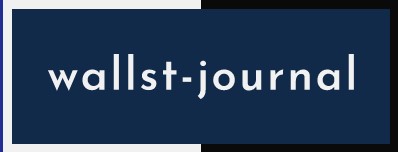Friday’s jobs report expected to show slowing payroll gains as concern rises about broader economy

Job seekers attends the JobNewsUSA.com South Florida Job Fair held at the Amerant Bank Arena on June 26, 2024 in Sunrise, Florida.
Joe Raedle | Getty Images
With signs building that the labor market is at least slowing if not something worse, the June nonfarm payrolls report takes on added significance.
Payroll gains so far in 2024 have totaled 1.24 million, down about 50,000 a month below the same period a year ago. Economists surveyed by Dow Jones expect the report, to be released Friday at 8:30 a.m. ET, to show growth of 200,000, down from the 272,000 reported for May.
In historical terms, the pace of job gains is still solid. But there are signs bubbling underneath that conditions could be getting softer and possibly pointing at broader economic weakness down the road.
“This is a report that’s coming at a point where there’s a little more uncertainty about the economic landscape than there has been in a few months,” said Nick Bunker, head of economic research at the Indeed Hiring Lab. “Specifically, I’m thinking more about the unemployment rate, which has been slowly trending up.”
The jobless level in May did nudge higher to 4%, the first time it hit that threshold since January 2022, up from 3.7% a year ago. The forecast is for the rate to hold there.
Under normal circumstances, a 4% unemployment rate would be cause for celebration, not concern. However, what is catching the eye of some economists is where the rate is now compared with where it’s been over the past year.
The May rate was 0.5 percentage point above its 12-month low of 3.5% in July 2023, potentially triggering a recession indicator called the Sahm Rule. The rule has shown consistently that whenever the unemployment rate on a three-month average eclipses its 12-month low by half a percentage point, the economy is in recession.
While there are scant data signs that a recession is at hand, the trend in unemployment is generating some attention.
“If the unemployment rate does what it’s been doing for the last bit of time here where it’s very slowly rising, I don’t think that means we’re at a very high risk of triggering a Sahm Rule or any sort of unemployment rate-based measure of entering recession,” Bunker said. “That being said, the probability of that happening has risen, even if it’s not the most likely outcome right now.”
The economy has slowed in the first half of 2024. First-quarter growth as measured by gross domestic product rose at a 1.4% annualized pace, while the Atlanta Federal Reserve is tracking just 1.5% growth in the second quarter.
There are also lingering inflation concerns that could keep the Fed on the sidelines for a while longer in terms of lowering interest rates.
In addition to the headline payroll and unemployment numbers, market participants and economists will be watching several other key metrics.
One other area of concern has been the divergence between the nonfarm payrolls count, as taken from establishments participating in the Bureau of Labor Statistics’ survey, against the household count of people reporting that they’re holding jobs.
While the establishment survey has shown payrolls increasing by about 2.8 million over the past 12 months, the household count, which is used to calculate the unemployment rate, is up by just 376,000. Economists generally consider the establishment survey to be more reliable and less volatile as it encompasses a larger sample size, but the disparity has garnered some attention.
In addition, hours worked and average hourly earnings will get some attention as gauges of inflation.
The forecast is for a monthly paycheck gain of 0.3% and a 12-month increase of 3.9%. If the outlook holds, it will mark the first time that the annual increase is below 4% since June 2021.
